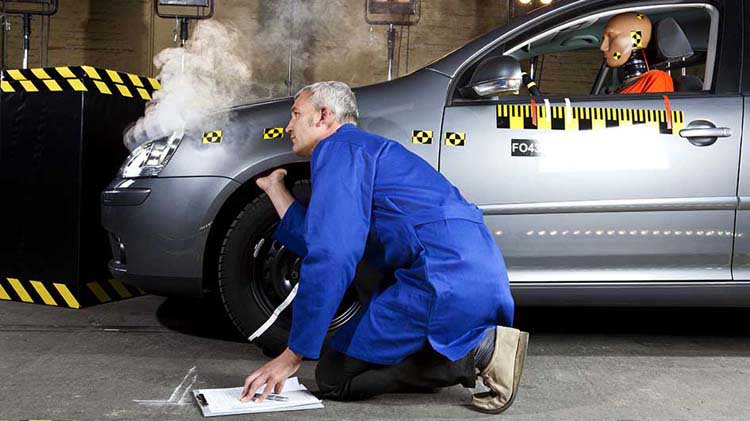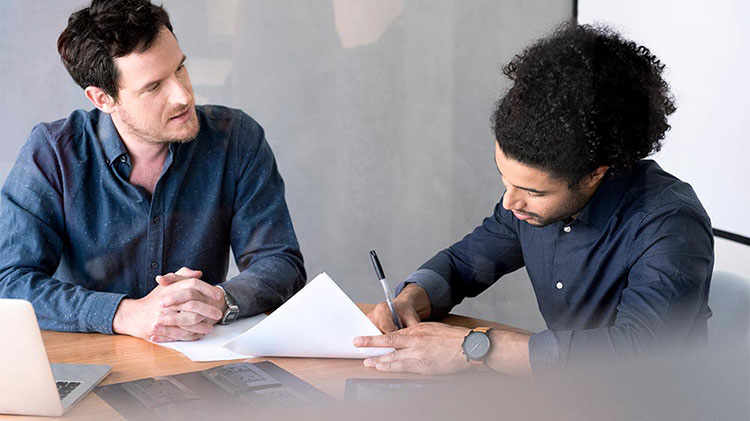Things to consider when buying a car
Trade-ins, payments, purchase price and down payments: These essential elements of how to buy a car can help you find the right one for your needs and wants.
There are a lot of factors to consider when buying a car, from monthly payment to loan rate and trade-in value. Also, you'll typically need to prove that you have insurance before you can drive it home and it's relatively easy to obtain proof of insurance and to add or replace a vehicle on your existing insurance policy. Here are some car buying tips to help you be more successful in the car buying process.
Don't discuss a monthly payment
It's a common scenario: A car buyer looks to buy a new car from a dealership and tells the sales representative that he or she has a certain amount — say, $300 or $400 — budgeted for a monthly payment. At this point, the salesperson knows that he or she may be able to sell a new or used vehicle to the customer for almost any purchase price, as long as the monthly loan payment falls within the budget. While it definitely makes sense to have an affordable monthly payment amount in mind, don't share it until after you've negotiated the purchase price, which is what you're actually paying for the vehicle. You may be able to lower your payment by stretching out the life of the loan, but make that decision once you've already agreed on the purchase price of the vehicle.
Get an auto insurance quote
Want to protect your car?
Be a better negotiator
Ask several dealers for their best "out-the-door" price, including sales tax and any additional fees or discounts. Then use the lowest number as leverage with other dealers by asking them to beat the total. This takes time, but it gives you a measure of control over the negotiations and may help you lower your purchase price.
Increase your down payment
Once you've settled on a final purchase price, you can lower your monthly payments by putting more money down. A larger down payment (typically 20 percent or more of the purchase price) may also help you lower your interest rate and could prevent a scenario where you owe substantially more for your vehicle than it is worth.
Get more for your trade-in
How does trading in a car work, generally? You negotiate the purchase price, then the dealer tells you what he or she will give you for the trade-in. However, you can flip that setup: Don't even mention that you have a trade-in as you begin discussions. Instead, solidify your vehicle purchase price. Then negotiate the trade-in separately from the vehicle purchase. Otherwise, dealers can simply lower their trade-in offer anytime they take money off the sticker price. Start the trade-in process by consulting vehicle price guides and use several resources to get a firm quote. Start the trade-in process by consulting vehicle price guides such as NADA and Kelley Blue Book and consult several resources to get a firm quote.
Prior to visiting a dealership
Make a list of items that are a necessity such as size and safety features and those that are wants. It is important to know your budget — this includes ongoing costs such as maintenance, gas and insurance, how you plan to pay for a vehicle and obtain a preapproved loan. If a new car does not fit in your budget, consider buying a used car to save money. Do your research to understand which brands and models get better reviews and are less likely to be costly to maintain if repair issues arise.




